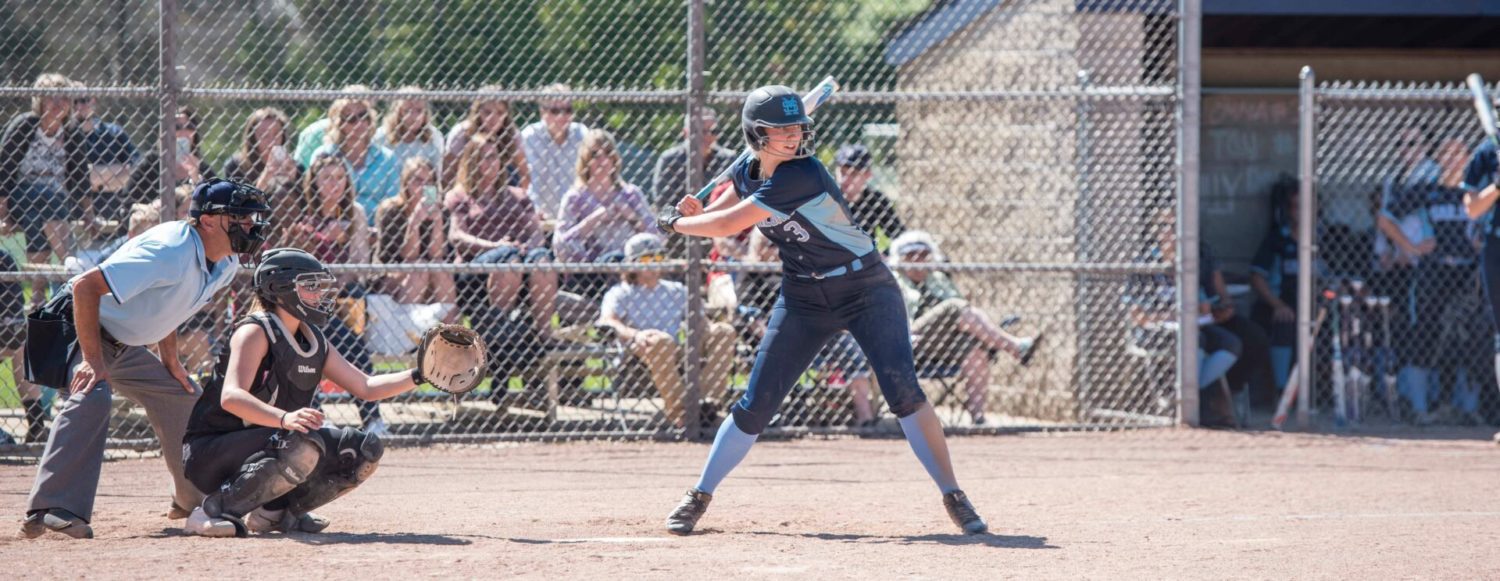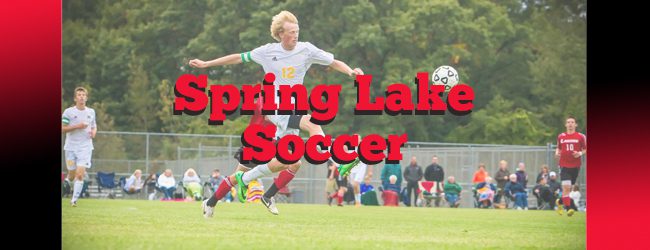By Ty Love
Lincoln Golf Club
Hello Golfers – This month I’m focusing on the importance of recognizing where speed and power are generated in the golf motion.
During my 25 years of teaching this great game, I have learned that it’s important to go beyond teaching the techniques of various golf shots. Developing golfers should gain an understanding of which muscles and movements create power, speed, and feel in various shots.
Because golf involves a ball that is sitting still, and then advancing it by using a stick that has a lofted head, our brain is programmed to make a non-athletic motion, not the smooth, powerful motion that you see PGA players executing. That’s why I tell many of my students I am not just their golf instructor, but also their “golf shrink.”
Putting a positive message and picture in your brain far outweighs any mechanics in the golf swing. Notice how I use the words “swing” and “motion” rather than “hit” or “lift.” I always inform my students if they do a motion really well, they are in turn exercising good mechanics.
A golf shot only takes a second and a half to make. If you are commanding your body to do three or four things during that second and a half, you are destined for a long and not very enjoyable day of golf. A successful golf motion involves a lot of speed and power, much like swinging a baseball bat or cutting down a small tree.
What’s nice is we don’t overthink the mechanics when we make those powerful and fast motions. Our body’s instincts and awarenesses kick in and we naturally leverage the proper muscles and tensions without even thinking about it. That’s the effortless but powerful feel we are looking for.
Hopefully you find the following tips to be enlightening and useful as you make your way to improving your game. These tips will bring out the natural athleticism in your set up and swing, and get you to swing through the ball and not to it!
SET UP: Feel braced. Much like a defender in basketball or a downhill skier, you want to be balanced and bent over a bit, with your legs slightly flexed and knees slightly pinched together. You should feel like you are anchored with your weight more prominent on the inside of the feet.
In continuing the setup, imagine that someone is going to run into you and think about how you would brace yourself. Feeling firm at address keeps you centered and helps create torque as the shoulders turn. When you are not braced at address, it usually invites swaying laterally, which results in a huge power leak.
Now that our lower body is stable, let’s get the upper body moving. I have seen many good golf swings go astray simply because too much tension creeps into the grip, arms and shoulders. I have fixed many swings by simply getting the student to be more at ease.
Relaxed muscles are muscles that are fast and extended. Tight muscles are muscles that are slow, shrink and pull in. The best way to feel how the right arm and shoulder should work in the golf swing is to go out and skip rocks on a lake.
You put the rock in your fingers and not your palm. Secondly, your grip on the rock is rather light during the entire motion. Your right arm and shoulder are also rather relaxed during the motion. Why? Because you want to create speed and release.
Try to imagine putting the rock in your palm and squeezing it. How’s that skip going to work out? Not good is my guess. Most slicing in golf is caused by a tight right grip and arm. The club head gets pulled up and across the ball because of the tightening.
When we get ready to swing the golf club, grip the club lightly in the right hand and keep the right arm and shoulder soft through impact, so you whip and extend the right arm through impact. The ball will start jumping off the club face again. Trust me.
I also like how the weight shift and hip rotation in the skipping motion mimic a good weight shift and rotation in a good golf motion. It involves loading into the right hip and glute in the turning back move, and then the left hip clearing in the through motion. Really try and tie that feeling into your motion. It will start to feel like a SWING and not a lift or hit.
CLOSING DRILL TO WORK ON: I would like to leave you with a good drill that ties in the feelings I’ve discussed. I call it the T-Ball Drill.
Simply pretend you are getting ready to hit a home run off a rubber tee like when you were a kid. You should feel firm and your arms extended. Then leverage the club back like you would a baseball bat on a flat plane. Your left arm should be extended and your wrists hinged forming a nice ‘L’ position.
Also notice how your shoulders have turned about 90 degrees and you are maintaining a centered and steady head. You should feel nice and coiled. Then go ahead and uncoil as you feel your soft arms extend and release to a powerful, but effortless finish.
As you do this, watch how your arms stay rather close together while they roll and extend. Pay attention to the ‘whoosh’ sound when doing the drill. The louder the whoosh the better your mechanics. Sound doesn’t lie. If it’s louder, it’s faster.
Remember, that little white ball is dead and has no feelings. You own that bugger, so go out and make that natural powerful move and just let that silly white thing get in the way.
Good Luck!
-Ty Love is an 18-year member of the PGA, and is the PGA Golf Professional at Lincoln Golf Club in Muskegon, MI. He is available for individual or group instruction. You may contact him at [email protected] or (231) 766-3636.









